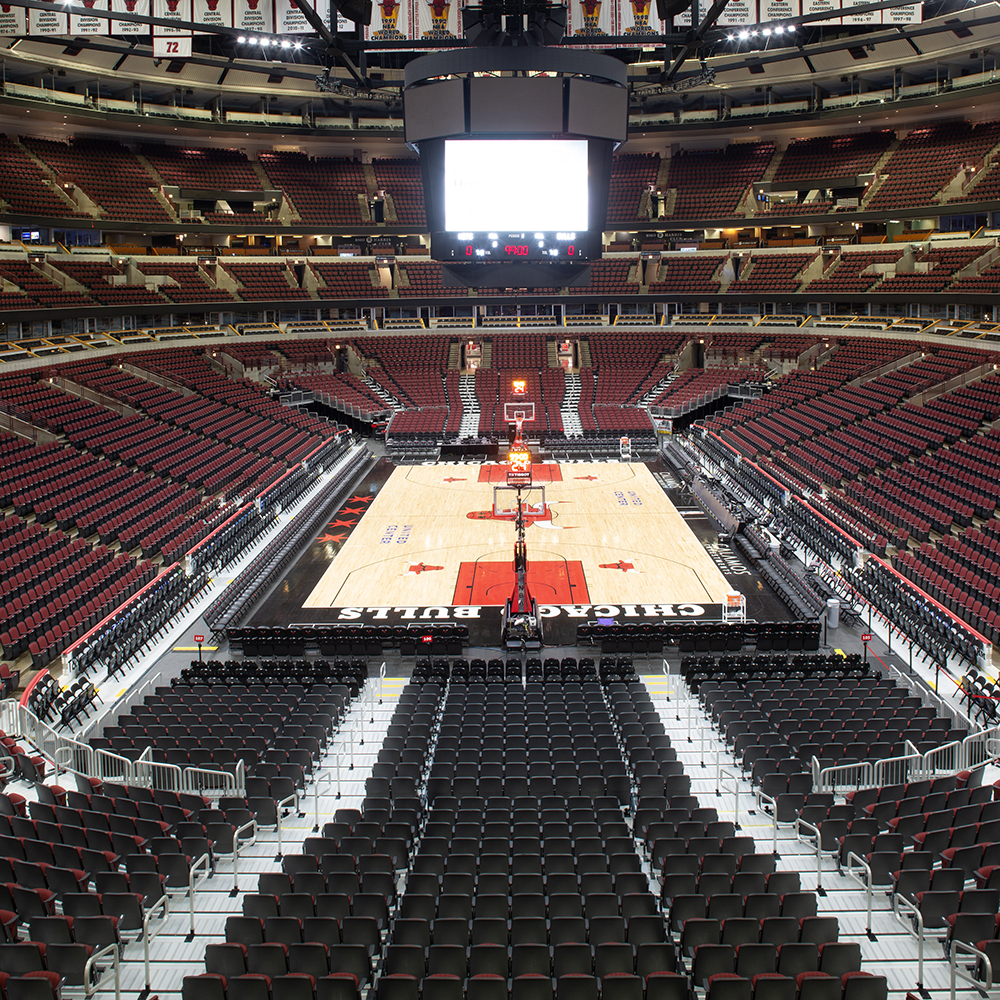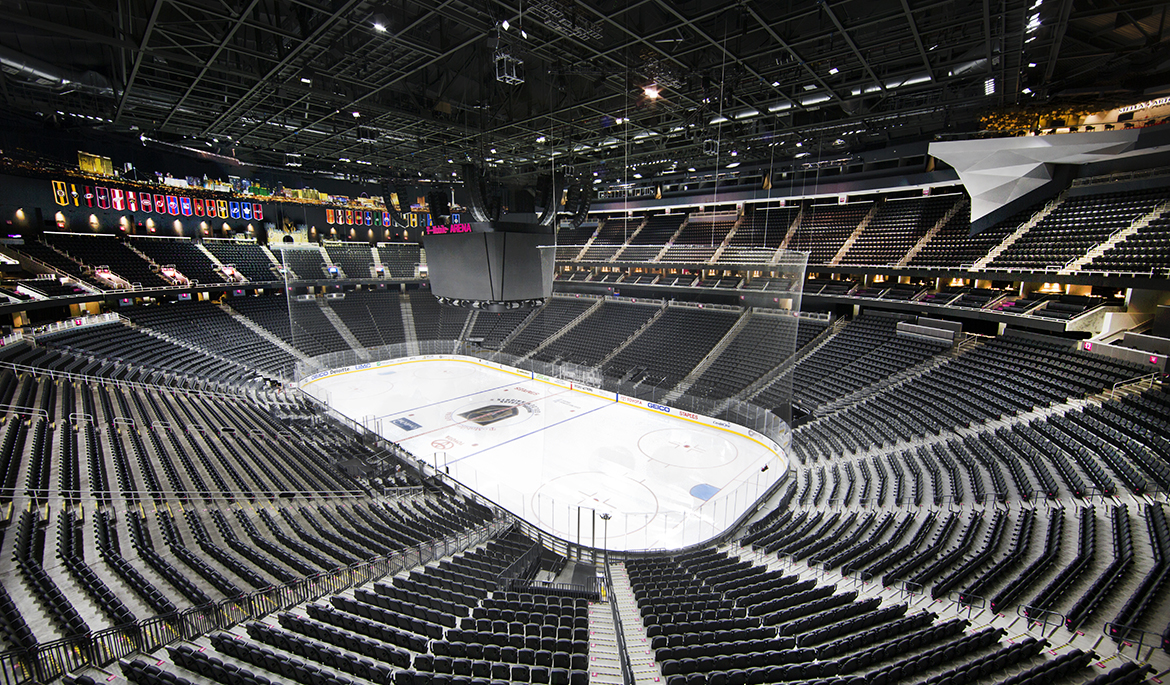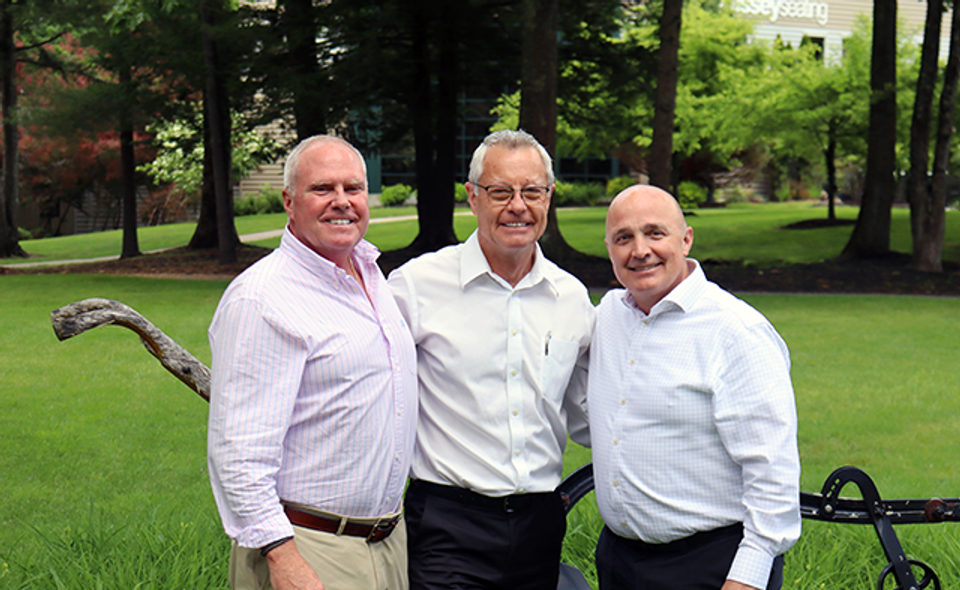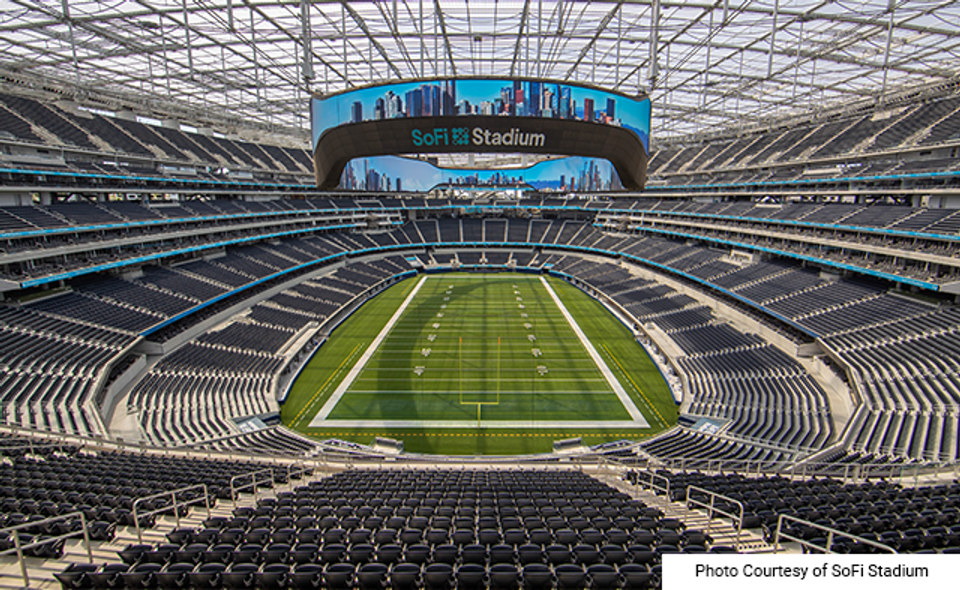
Today’s venues are no longer single-purpose spaces. They’re dynamic, multi-use environments designed to host everything from sporting events and concerts to graduations, conferences, and community gatherings. Whether it’s a hockey game on Friday night and a sold-out concert on Saturday, operators are expected to flip the space quickly and flawlessly. This day-to-day shift demands more than just creative scheduling, it requires infrastructure and coordination that’s as flexible and efficient as the events themselves.
To keep up with tight turnarounds and back-to-back bookings, venue managers need to eliminate the factors that slow them down. That means choosing seating and systems designed for easy reconfiguration, fast maintenance, and long-term durability. The less time spent on setup and teardown, the more time there is to focus on delivering a great experience for every audience. This blog offers a glimpse into the tactics and challenges of venue operators and owners flipping their spaces to hold continuous sell-out crowds.
Factors Affecting Changeover Times
One of the biggest influences on changeover efficiency is the type of event. Some of the most common – and challenging – conversions include hockey to basketball (and vice versa) or shifting from a sporting event to a concert. While hockey-to-basketball switches are fairly routine in dual-use arenas, the reverse can take longer due to the need for ice preparation. Concert changeovers, however, are often the most complex. Rigging, lighting, sound systems, stage builds, and video screen setups can extend conversion times from several hours to multiple days.
Currently, 10 arenas across North America regularly switch between NHL and NBA games, and that alone demands high levels of coordination. Add in concerts, family shows, and special events, and the complexity only increases.
To meet these demands, modern arenas are being designed with flexibility in mind—featuring modular seating, advanced rigging grids, and even robotic or automated systems that help streamline the process. However, even with top-tier infrastructure, crew size and experience play a critical role. The speed and success of a changeover often come down to how well the teams are trained and how efficiently they can execute the plan.
Effective changeovers require seamless collaboration between scheduling teams, operations staff, technical crews, and outside vendors. It’s a tightly orchestrated process where communication and precision are key.
The economic benefits of efficient changeovers are significant: higher event capacity, reduced operational costs, increased scheduling flexibility, and the ability to attract premier events and performers. Simply put, faster, smarter conversions translate to a more profitable and competitive venue.
Typical Changeover Times
United Center
At the United Center, home to the Chicago Blackhawks and Bulls, arena changeovers are a well-practiced performance of their own. Switching from a hockey rink to a basketball court is no small feat—it involves over 2,000 individual components and a crew of 50 professionals working with precision and speed.
The transformation starts immediately after a hockey game. The ice surface remains in place, protected by an insulated decking layer. On top of that, crews lay a subfloor, followed by 3.25-inch-thick basketball court panels.

But it’s not just about swapping surfaces. The changeover also requires removing 130 pieces of boards and glass and installing about 1,200 extra seats used only for basketball games. In total, the flip involves 530 decking panels, 232 court panels, and those additional seats—all maneuvered, aligned, and locked into place.
The entire conversion—from last puck drop to basketball-ready floor—takes just 2.5 hours.
Final adjustments include checking court markings and ensuring hoops are set precisely 10 feet from the floor. These finishing touches are critical to meet NBA standards.
With up to 26 conversions per season, the United Center’s changeover team keeps operations tight and efficient. Their performance not only supports back-to-back events but also reflects how smart planning, specialized equipment, and experienced crews can drive venue versatility and profitability.
American Airlines Center
American Airlines Center (AAC) is built for speed when it comes to flipping between hockey and basketball. A standard changeover takes around three hours with a 40-person crew, but in time-sensitive situations, 60 workers can complete the process in under two hours. During playoff overlap, conversions have been completed in as little as 90 minutes.
The transformation is highly organized. The ice stays in place, protected by insulated panels, while crews build the basketball court using 4×8-foot panels in a structured grid system. Around 3,500 lower-bowl seats are repositioned using hydraulic lifts to adjust the layout.
Efficiency is further supported by AAC’s crew system, divided into six color-coded teams, each responsible for a specific task. This approach streamlines the process and ensures every step is covered with minimal delays.
While only a few full changeovers typically happen each season, the arena is equipped to handle rapid back-to-back flips—sometimes hosting both hockey and basketball games in the same day.
AAC’s playbook proves that with modular systems, smart planning, and a trained team, even the most complex conversions can be completed quickly and reliably.
T-Mobile Arena
T-Mobile Arena in Las Vegas is a masterclass in event changeover efficiency. In one weekend, it often transitions from a Vegas Golden Knights hockey game to a UFC fight night, and back to hockey within 12 hours—a complex, high-stakes flip executed with precision.
The ice remains intact, protected by insulated floor panels while event crews reconfigure the arena for a completely different setup. The changeover isn’t handled by a single team—it involves coordinated departments across conversions, ice operations, production, AV, engineering, IT, security, and guest services.
Start times can be as early as 8 a.m., especially when a UFC event wraps late and a hockey game faces off the next day. Each team works in overlapping shifts, ensuring no time is wasted between stages of the flip.
T-Mobile Arena’s changeover success comes down to detailed planning, cross-team communication, and an arena infrastructure built for flexibility. From combat sports and NHL games to concerts and awards shows, this venue handles it all—often with little more than a few hours between headline events.

It’s a seamless, behind-the-scenes performance that ensures fans experience only the magic of one world-class event after another.
Challenges
Efficient changeovers start with a well-trained crew. Every team member needs to know their role and understand the specific demands of each setup. With tight timelines and specialized equipment involved, there’s no room for guesswork. Investing in regular training ensures crews can move quickly, safely, and confidently – even when the clock is ticking.
While every event is unique, the process behind the scenes should follow a consistent, well-rehearsed system. Standardized workflows help keep operations fine-tuned, minimize errors, and ensure that even the most complex changeovers stay on schedule. From floor panel sequencing to lighting adjustments, having a reliable playbook enables venues to deliver high-quality experiences night after night, regardless of what’s happening on the main stage.
All that movement takes a toll – on equipment, infrastructure, and even the building itself. Floors are assembled and disassembled, seats are moved, stages are built and struck, all often within hours. Over time, this can lead to wear that affects performance, safety, and even scheduling. Proactive maintenance and inspections are essential to keep everything running smoothly and avoid costly downtime.
Innovations
Modern arenas are increasingly leveraging technology to optimize the changeover process. From computer-aided logistics software that maps out every step of the transition, to temperature-controlled flooring systems that preserve ice while basketball is played above it, tech is playing a critical role. Some venues use real-time tracking tools to monitor crew progress, while others integrate automated lighting and AV presets tailored to each event. These tools not only speed up conversions but also reduce human error and improve overall safety and coordination.
Gone are the days of hauling massive rows of chairs or dismantling entire seating sections by hand. Today, many venues are designed with retractable seating systems that can be adjusted with the push of a button. These systems allow for quick reconfigurations—whether it’s opening up floor space for a concert stage or bringing fans closer to the action during a basketball game. Retractable seating maximizes capacity, improves sightlines, and saves valuable time during tight turnarounds.
Perhaps the biggest innovation isn’t a machine, it’s the people. Many top arenas now employ dedicated conversion crews whose entire focus is managing changeovers. These professionals are trained across disciplines – rigging and flooring, HVAC, signage – and follow strict procedures to ensure efficiency and consistency. With experience and teamwork, these crews can complete complex changeovers in as little as six hours, sometimes flipping an arena overnight for back-to-back events.
Turning Changeover Challenges Into Competitive Advantage
Maximizing venue changeover times comes down to understanding the factors that slow transitions, anticipating the operational challenges they create, and applying the right mix of process improvements and technology. By approaching changeovers strategically, venues can boost revenue potential, improve staff efficiency, and deliver consistently seamless experiences for every event.









